Caneberries
Caneberry (i.e. blackberry and raspberry) articles written by members of the Southern Region Small Fruit Consortium. More information on Caneberry crops.
-
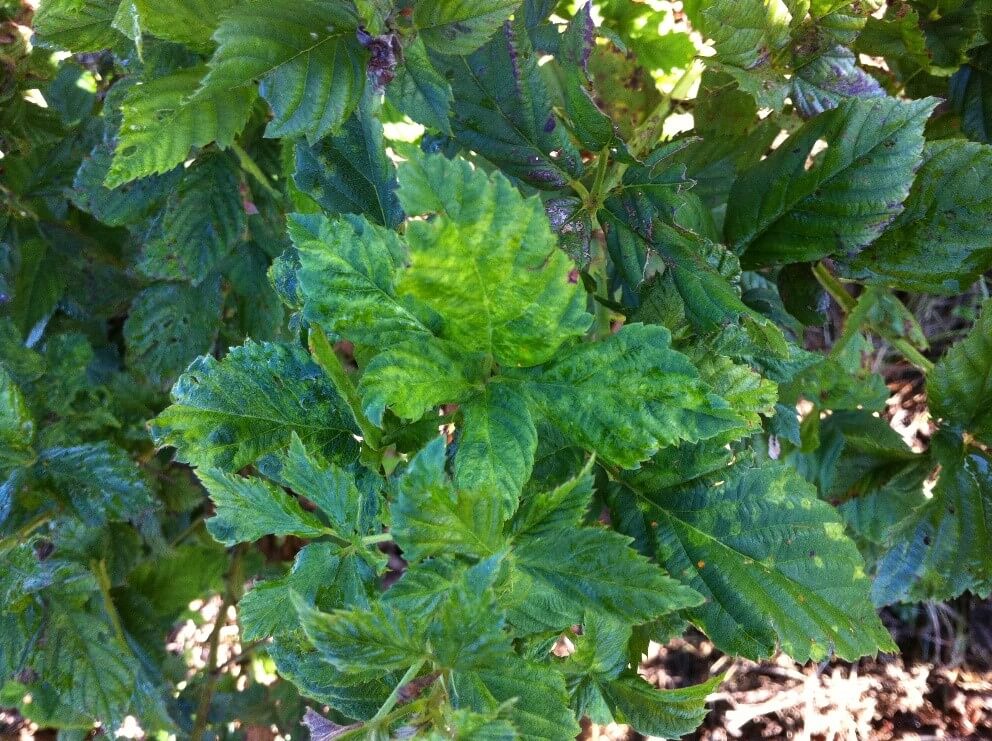
By Ioannis E. Tzanetakis, Professor and Director of the Arkansas Clean Plant Center – University of Arkansas Division of Agriculture Plants are not immune to viruses. Unlike many other pests and pathogens, once a plant is infected with a virus, it is infected for life. Blackberry is no exception. The most important virus disease in…
Posted in: Spring 2021 -

By Jonathan E. Oliver, Department of Plant Pathology, University of Georgia Background Numerous cane diseases can reduce the yield and lifespan of caneberries, and the warm, humid environment in the southeastern U.S. can provide ideal conditions for disease development. Among the diseases affecting caneberry production, one of the most devastating is cane blight. This disease…
Posted in: Spring 2021 -
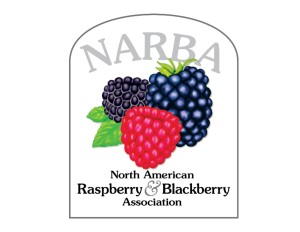
The 2021 North American Raspberry & Blackberry Conference will be held virtually on February 22-25, 2021. The conference features more than 25 hours of presentations and panel discussions, plus posters, informal forums, and lots of opportunity for networking. Caneberry breeding receives special attention with eleven breeders and geneticists from around the world presenting. A special…
Posted in: Winter 2021 -

By Jonathan E. Oliver, UGA Extension Annual updates have been made to the Southeast Regional Caneberry Integrated Management Guide. These include: Information on registered pesticides and web links to state pesticide databases A “Mobile and Online Tools” page featuring Apps and online tools for recognizing and managing caneberry diseases, pests, and weeds Updated pesticide efficacy…
Posted in: Winter 2021 -
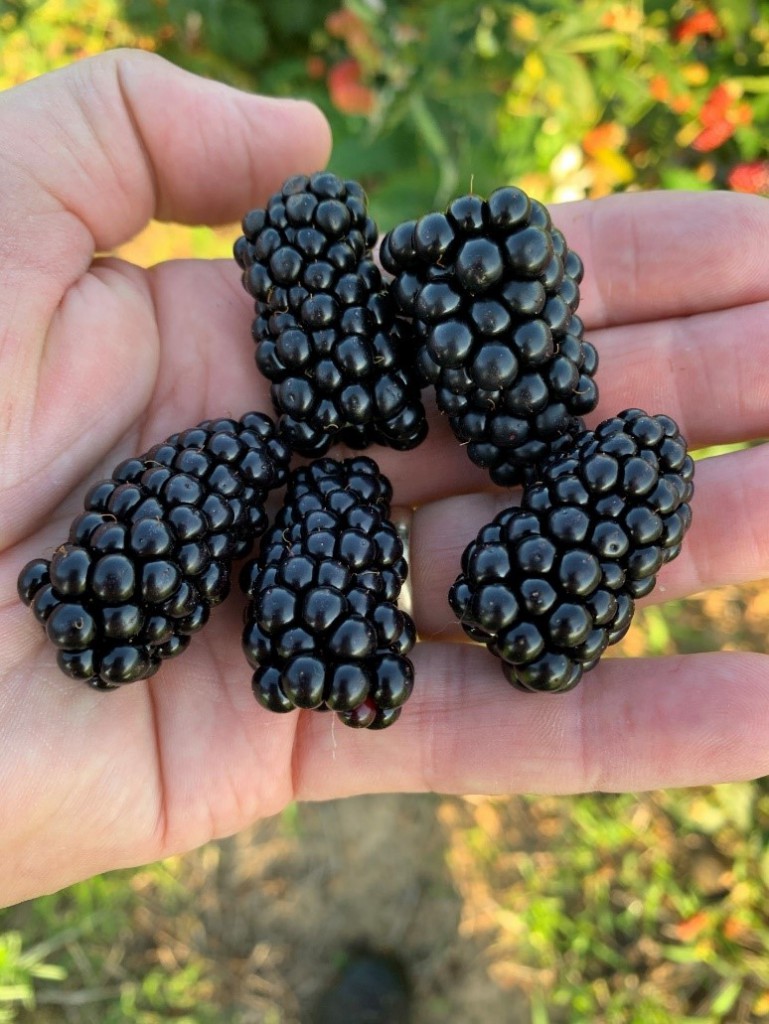
By John R. Clark, University of Arkansas A new blackberry has been released by the University of Arkansas System Division of Agriculture (UA), named Prime-Ark® Horizon. This is the sixth public primocane-fruiting variety from the UA breeding program. Although primocane fruiting does not hold substantial potential in the deep South, this type of berry is…
Posted in: Winter 2021 -
By Dr. Gina Fernandez, North Carolina State University This checklist was originally developed for blackberry growers in North Carolina. You may have to adjust your work activities either earlier or later depending on your location. For more detailed information, check the Southern Region Integrated Bramble Management Guide and the Southeast Regional Bramble Production Guide at…
Posted in: Winter 2021 -
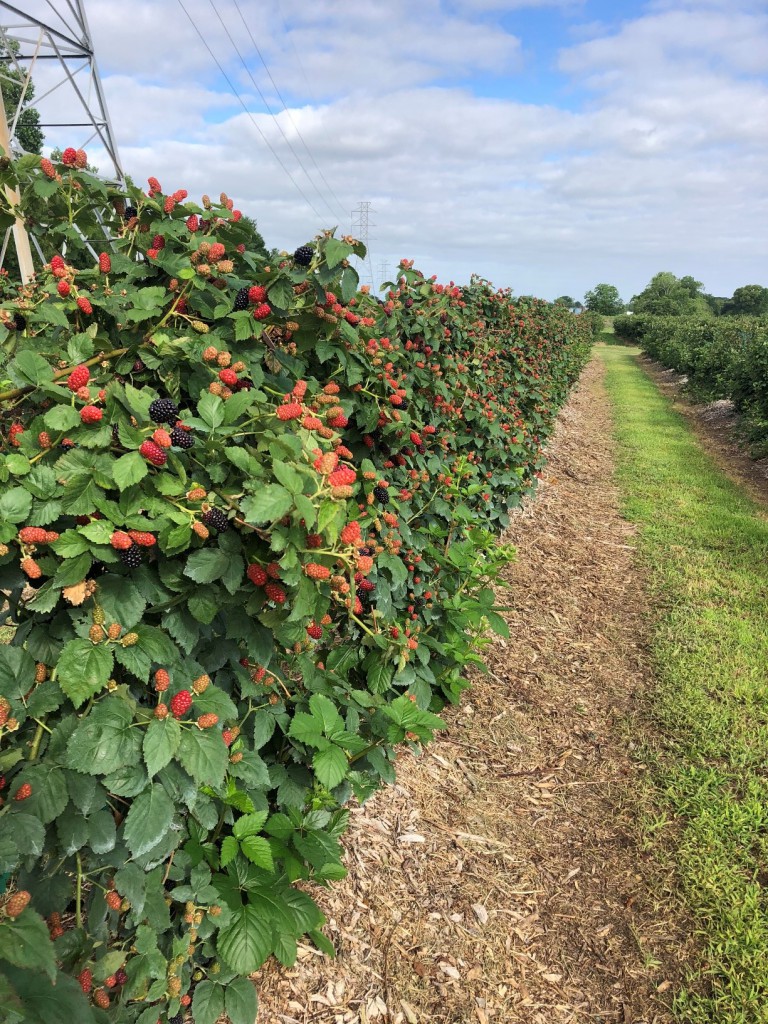
By John R. Clark, University of Arkansas Prime-Ark® Freedom was released in 2013 by the University of Arkansas, the first thornless, primocane-fruiting blackberry ever developed. At the time, I recommended it primarily for home-garden use along with possible local-market production. I gave this limited-use recommendation largely due to its yield and postharvest storage shipping potential…
Posted in: Winter 2021 -
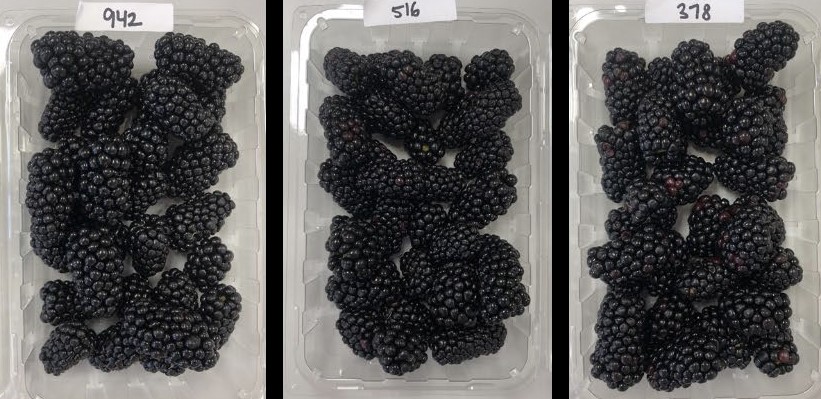
By Renee Threlfall, Research Scientist, Dept of Food Science, University of Arkansas At the University of Arkansas System (UA System) Division of Agriculture, 80 consumers looked at and tasted fresh-market blackberries to help us determine attributes they liked. The consumers looked at individual blackberries and preferred oblong, large blackberries as opposed to round or small…
Posted in: Winter 2021 -
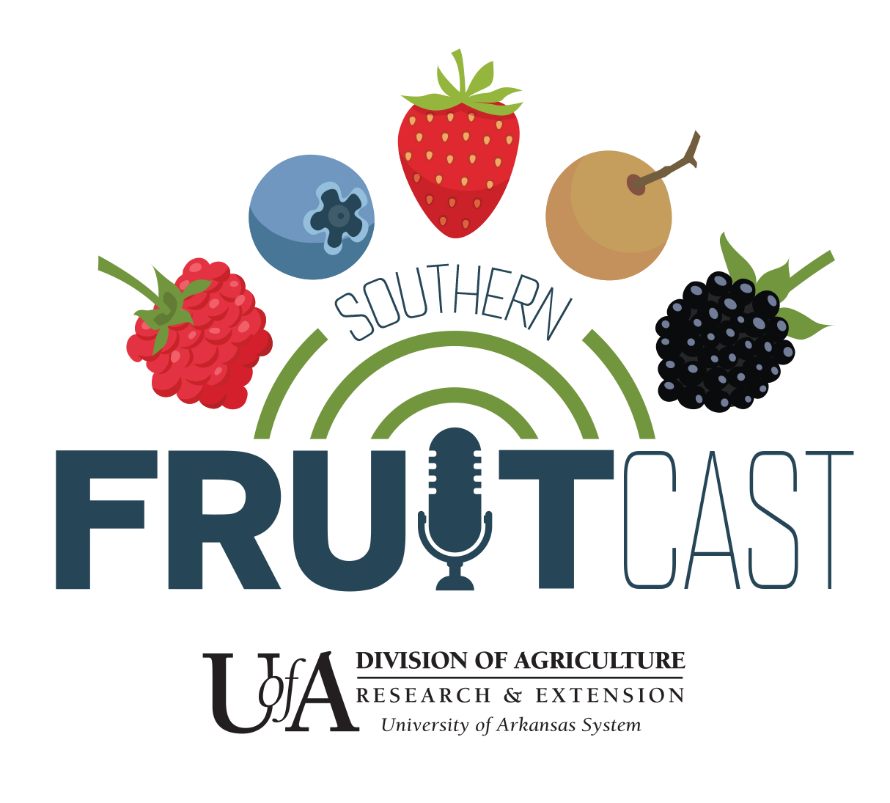
Dr. Aaron Cato, IPM Specialist, University of Arkansas The Southern Fruitcast is hosted by Aaron Cato and Amanda McWhirt, extension IPM and production specialists for fruits and vegetables at the University of Arkansas. This podcast aims to cover the people, technology and latest developments in small fruit production in the Southeast. These topics are covered…
Posted in: Fall 2020 -
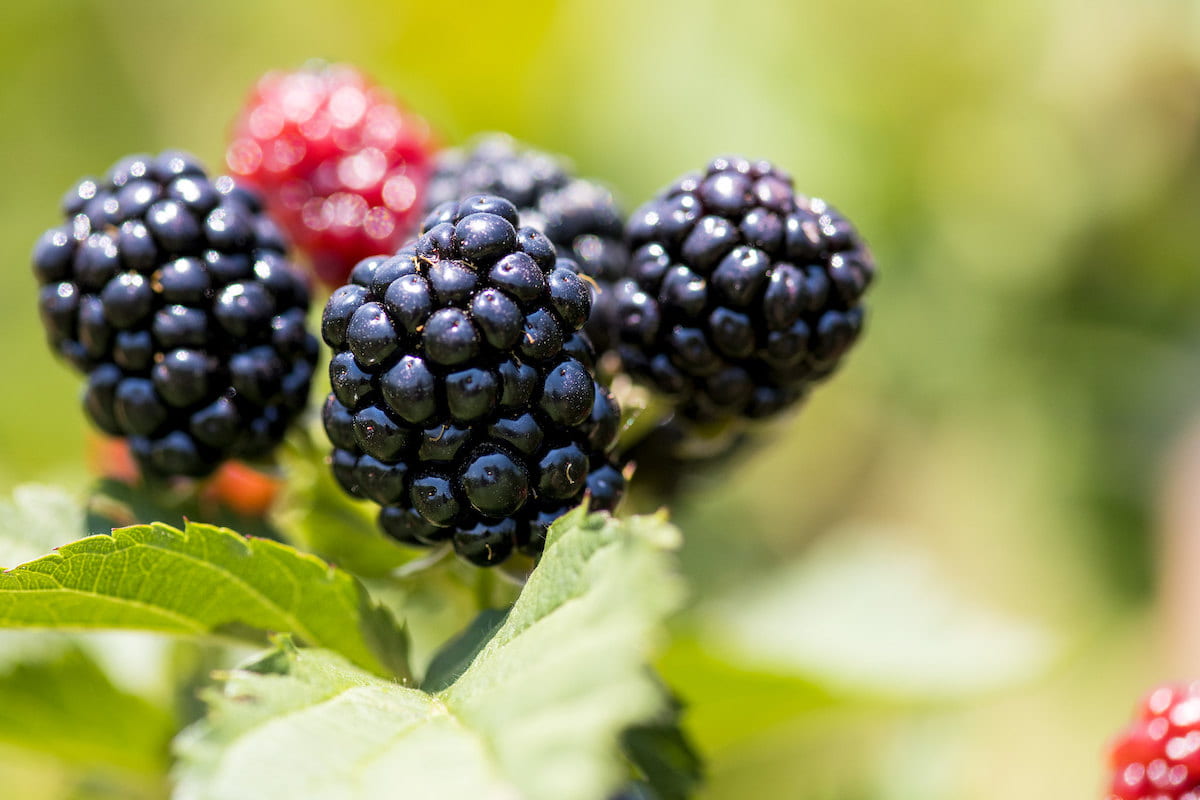
Ouachita a 2003 release from Division of Agriculture fruit breeding program By Fred Miller – July 28, 2020 Ouachita blackberry, a 2003 thornless variety from the University of Arkansas System Division of Agriculture, received the Outstanding Fruit Cultivar Award from the Fruit Breeding Professional Interest Group of the American Society of Horticultural Science. Read the full article on…
Posted in: Fall 2020